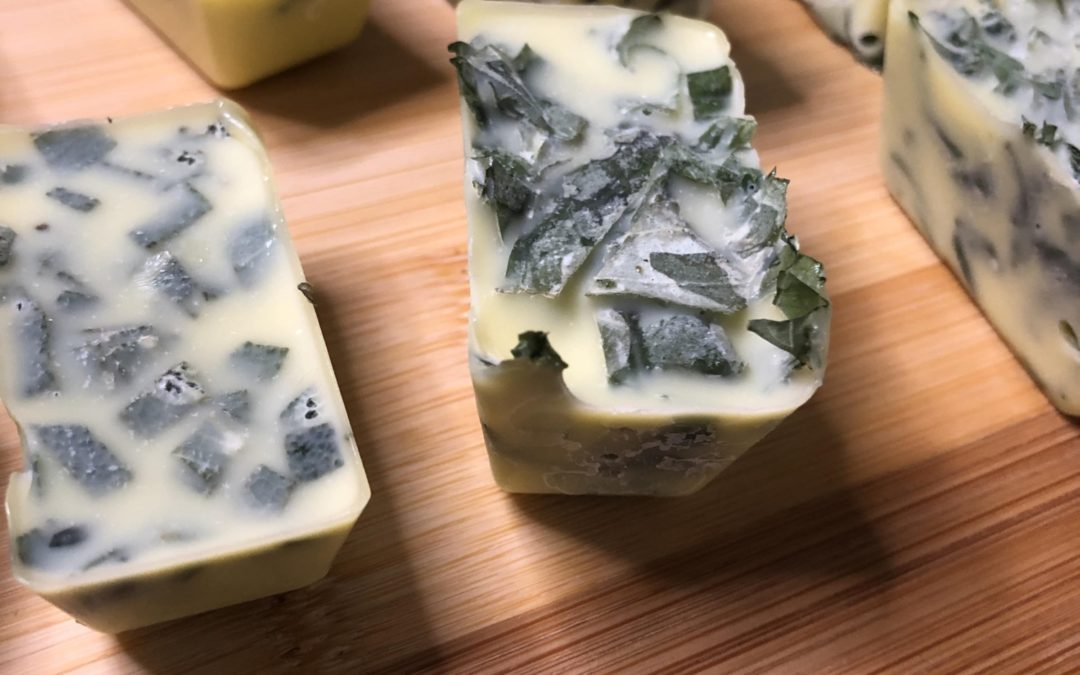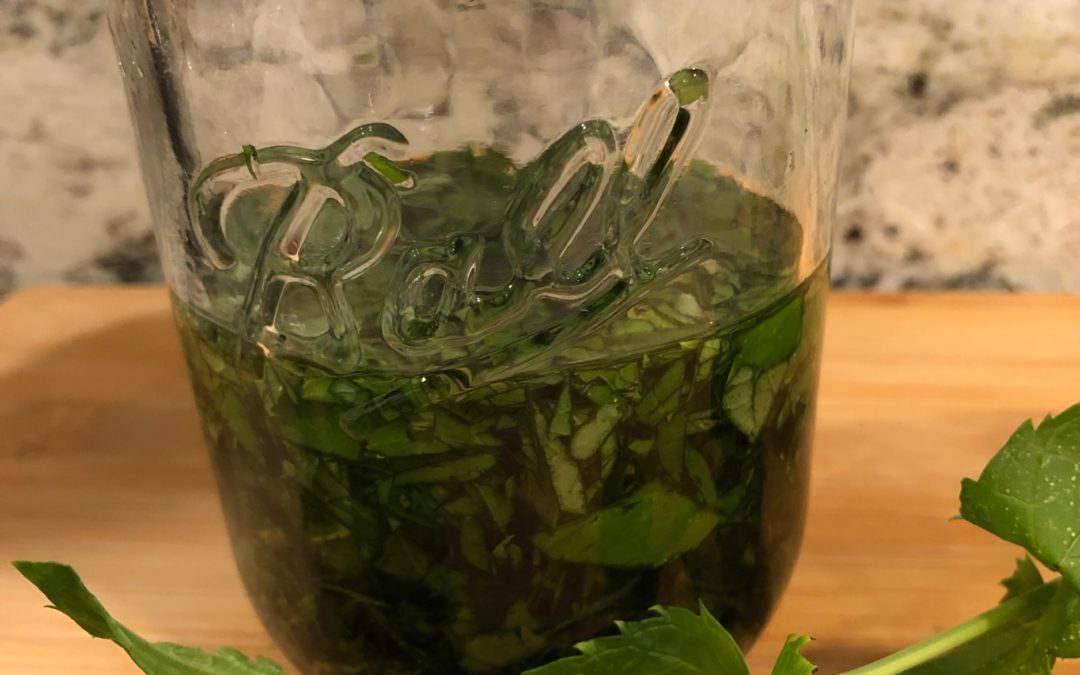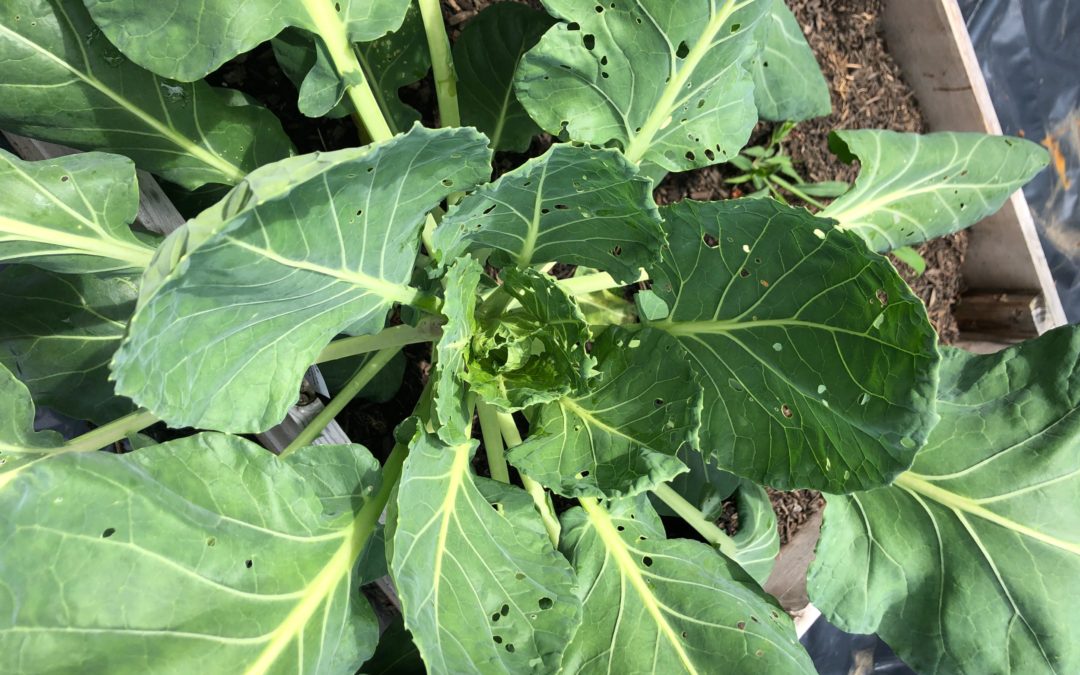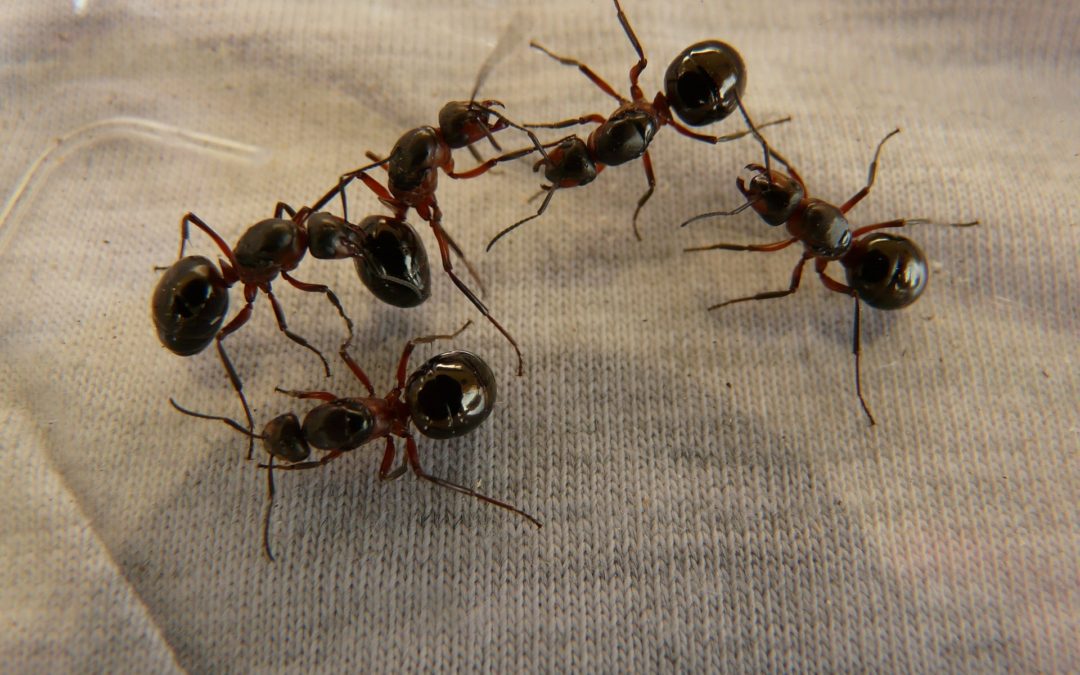
Freezing Fresh Herbs
Growing herbs is an easy way to get started with gardening and is often one of the easiest types of plants to grow. Herbs can grow fast and if you are not using them frequently, they may go to waste. Freezing frozen herbs is a quick and easy preservation method.
There are many ways to preserve herbs so that you can enjoy fresh herb flavors all year round. Drying herbs is not the only method for preservation. One method that is quick and easy and does not require a ton of extra tools or equipment is freezing. Freezing herbs is essentially making herb ice cubes for use in cooking later in the year.

Types of Herbs to Freeze
There are many different kinds of herbs that you can preserve with the freezing method, as well as several different freezing methods that can be utilized. The delicacy of the herb’s leaves can cause some herbs to freeze well in water while others freeze better with flash freezing.
Some of these herbs are:
- Basil
- Lemongrass
- Mint
- Oregano
- Sage
- Dill
- Chives
- Thyme
- Tarragon

Your 1st Step to a Simple Living Lifestyle!
A great place to start with Simple Living is to start making your own cleaning and personal products!
With this FREE eBook, you can easily get started with over 10 quick but effective recipes that use ingredients you already have in your house!
Flash Freezing Method
The flash freezing method is so easy and can be applied to so many fruits and vegetables. I use this method when I am freezing bananas and strawberries that are past thier prime for use in smoothies.
I also use this method for vegetables, like tomatoes and peppers that have ripened but I do not have enough to make an actual batch of sauce or salsa.
Flash freezing is simply just laying the fuit, vegetables, or herb leaves out flat on a cookie sheet and popping them right in the freezer for a few hours. Once frozen you can relocate them to a freezer bag for long term storage.
The flash freeze method is a great candidate for freezing herbs like dill, mint, basil, oregano, and cilantro.

Freezing Herbs in Water
Freezing herbs in water is an awesome option for herbs such as mint, lemon balm, lavender, and other dried flowers.
This method is so easy, just put the herbs or flowers into the ice trays and fill with water. Put the ice cube trays in the freezer and let sit until completely frozen.
Herb ice cubes are awesome to add to a pitcher of iced water, lemonade or punch. Utilize these ice cubes all year round for a fresh and pretty touch to your holiday cocktails and punch!

Freezing Herbs in Oil
For herbs that you will use in cooking such as you can chop them and freeze in olive oil instead of water! This works wonderfully with herbs like sage, oregano, thyme, and basil.
Measure out 1tsp or 1Tbl of chopped herbs, the measurement for chopped fresh herbs is the same for chopped frozen herbs, and add to ice cube tray. Fill ice cube trays with olive oil and place in the freezer. After frozen solid, you can remove from tray and place in freezer bag for long term storage.


Your 1st Step to a Simple Living Lifestyle!
A great place to start with Simple Living is to start making your own cleaning and personal products!
With this FREE eBook, you can easily get started with over 10 quick but effective recipes that use ingredients you already have in your house!
Storing Frozen Herb Cubes
As mentioned above, once herb leaves or herb cubes are frozen completely, you can transfer them to plastic ziplock freezer bags for long term storage.
This option allows you to utilize space in your freezer and to continue using the ice cube trays to make more frozen cubes as your harvest continues!
These cubes should be good for quite a while, up to 12 months which is great for getting fresh herb flavor even in the winter months.

Herb Freezing Method Instructions
Step 1. Harvest the herbs
Harvest herbs from the plant by cutting the stems from the plant.
There are correct ways of pruning your herb plants when harvesting in order to encourage more growth on the plant. This depends on the plant and depends on if you are done for the year or still plan on harvesting.

Step 2. Wash leaves and pick leaves from the stems.
Rinse the harvested stems and leaves to remove any dirt or bugs. Dry leaves thouroughly and disgard the stems.
This is a great job for little kids!


Step 3. Crush or chop the herb leaves
For herbs in oil, coarsely chop the herb leaves with a sharp knife.
If you are flash freezing the leaves, just place whole leaves on the cookie sheet and place in the freezer.
When prepping mint or lemon balm, you can stick with whole leaves to be frozen in water for drinks.

Step 4. Measure out your desired amount of herbs per cube
The measurement of fresh herbs is the same as frozen herbs. You can make whatever ratio of herbs to water/oil as you would like, just take note of the herb measurements, 1tsp or 1 Tbl so that when adding to a dish, you know what you are working with.
Add the chopped herbs to the ice cube trays.


Step 5. Add water or oil to your ice cube trays
Fill each ice cube containing herbs with either water or olive oil. Make sure that the herbs are submersed as well as possible.


Step 6. Place in freezer
Once put together, you can place the ice cube trays or cookie sheet in the freezer. Allow to freeze for several hours until frozed solid.


Step 7. Remove from freezer and transfer to freezer bags
Once frozen solid, remove from ice cube tray and transfer to freezer bag for long term storage. Make sure you are using freezer bags and not regular storage bags to make sure that you are not getting freezer burn.


Step 8. Use in cooking all year round
Add olive oil cubes to your cooking when making sauces, sauteing vegetables, roasted vegetables or meats. Add your ice cubes to punch, lemonade, cocktails any drink that could use an extra bit of pizazz!
There are so many possibilities!


Your 1st Step to a Simple Living Lifestyle!
A great place to start with Simple Living is to start making your own cleaning and personal products!
With this FREE eBook, you can easily get started with over 10 quick but effective recipes that use ingredients you already have in your house!
How to Use Frozen Herb Cubes
Directions
Step 1: Harvest the herb leaves.
Step 2: Wash leaves and remove from stems.
Step 3: Crush or coarsely chop herb leaves.
Step 4: Measure out your desired amount of herbs per cube.
Step 5: Add water or oil to your ice cube trays.
Step 6: Place in freezer.
Step 7. Remove from freezer and transfer to freezer bags.
Step 8. Use in cooking all year round.


Your 1st Step to a Simple Living Lifestyle!
A great place to start with Simple Living is to start making your own cleaning and personal products!
With this FREE eBook, you can easily get started with over 10 quick but effective recipes that use ingredients you already have in your house!

Welcome to Wingin’ it on the Homestead! My name is Stephanie Leaf. I am a wife to a can-fix-anything husband, mother of two boys under 3, future expert gardener, lover of anything old and dusty, and inspiring homesteader. My family and I are new to this journey and loving every minute of it. Please join me in embracing a simpler life!




